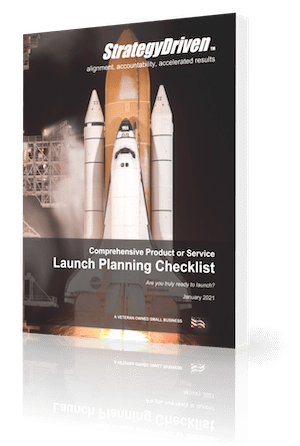Getting to the Top: Strategies for Career Success
How do you know if a road will get you where you want to go if you don’t know where you are headed? You need a destination in mind to be able to evaluate and select a route that will get you there. Similarly, a career strategy enables career success.
Career success starts with understanding your long-term goal. Most people have an idea about the next step in their career, their next job: I want a promotion; I want to be a marketing manager or a financial analyst. That’s a great start but what is your long-term objective? I find in interviewing that many people are uncomfortable answering the question, “Where do you see yourself in 5-10 years?”
Hi there! This article is available for free. Login or register as a StrategyDriven Personal Business Advisor Self-Guided Client by:
Subscribing to the Self Guided Program - It's Free!
About the Author

(2010), and may be reached through www.GettingToTheTop.com.










Leave a Reply
Want to join the discussion?Feel free to contribute!